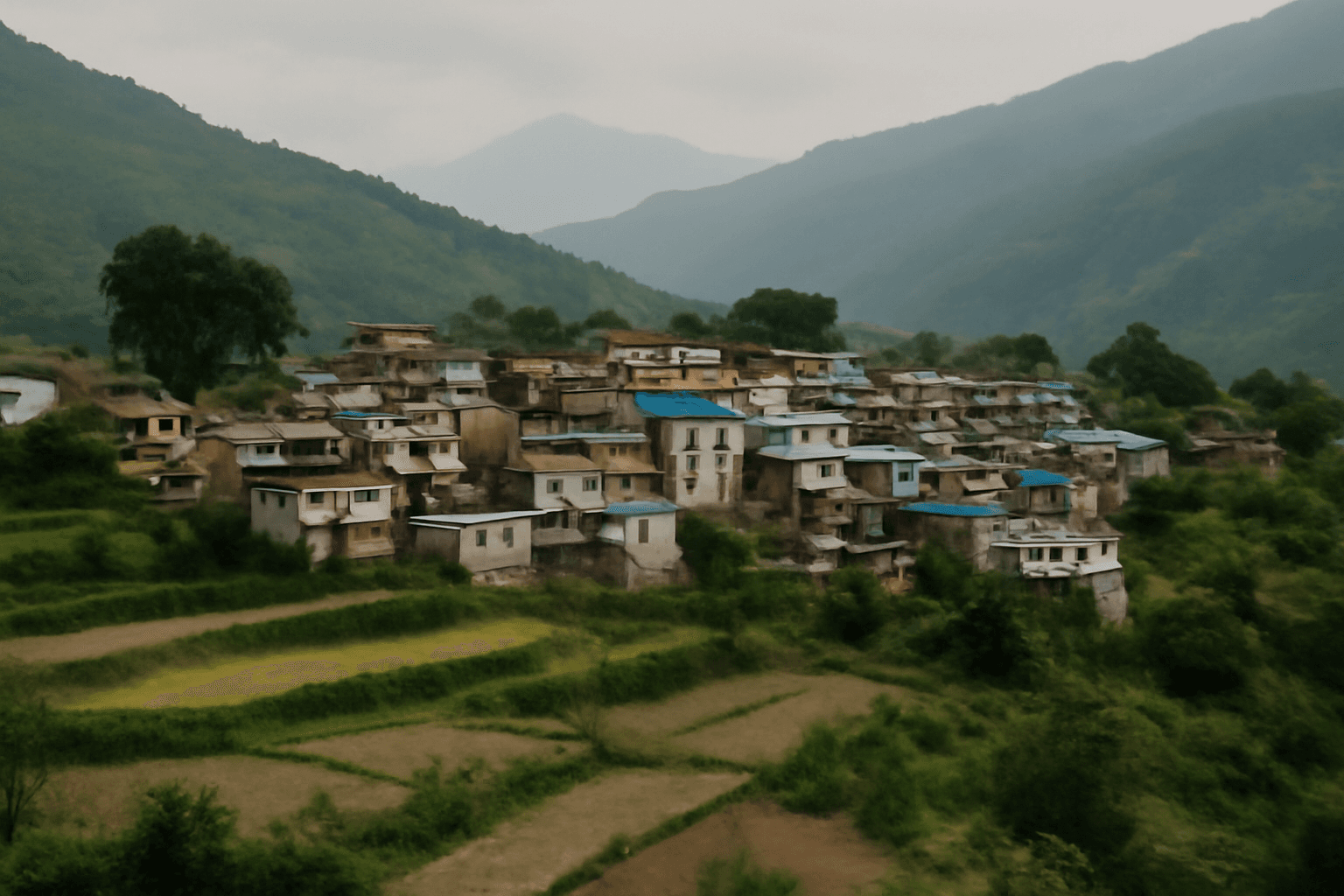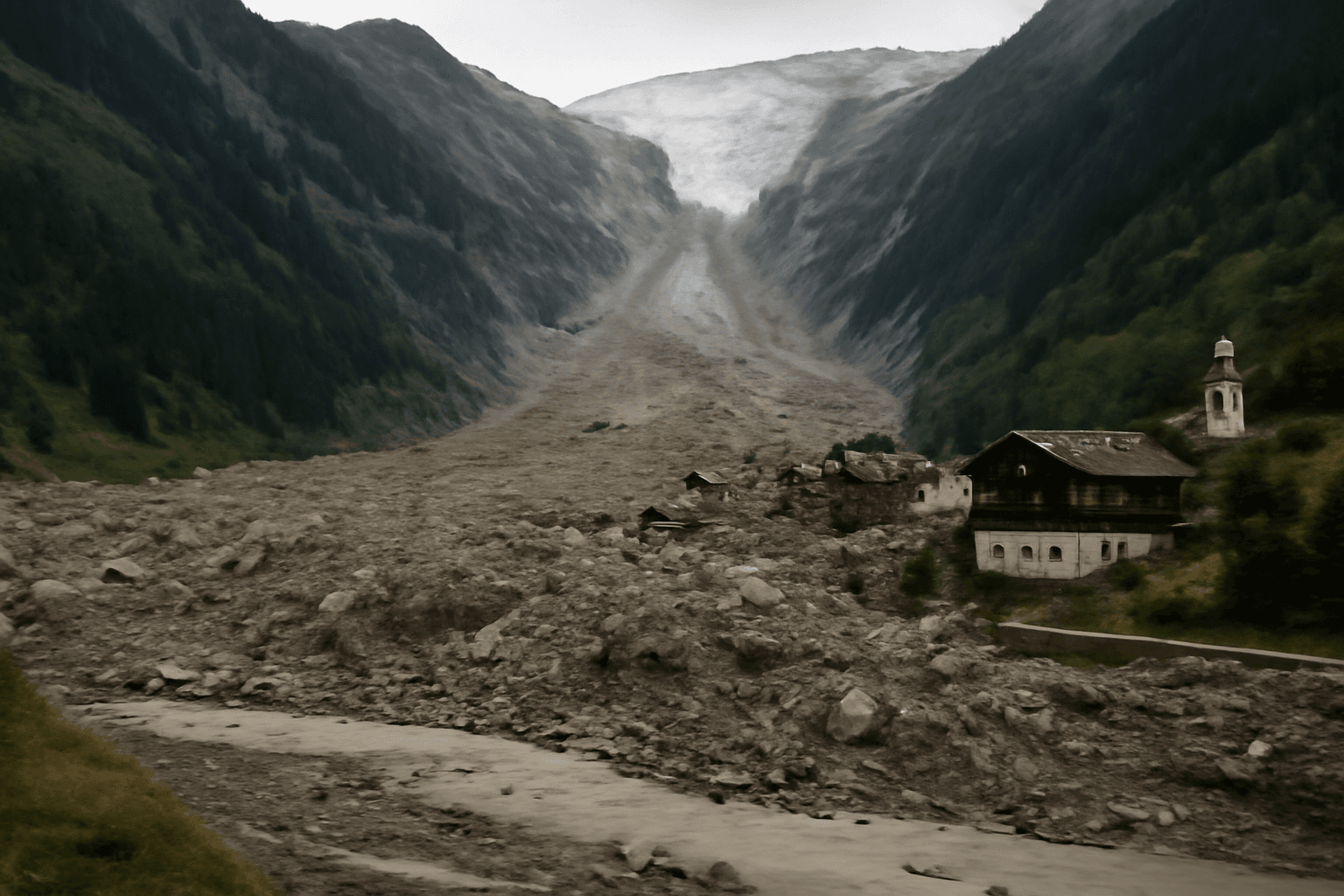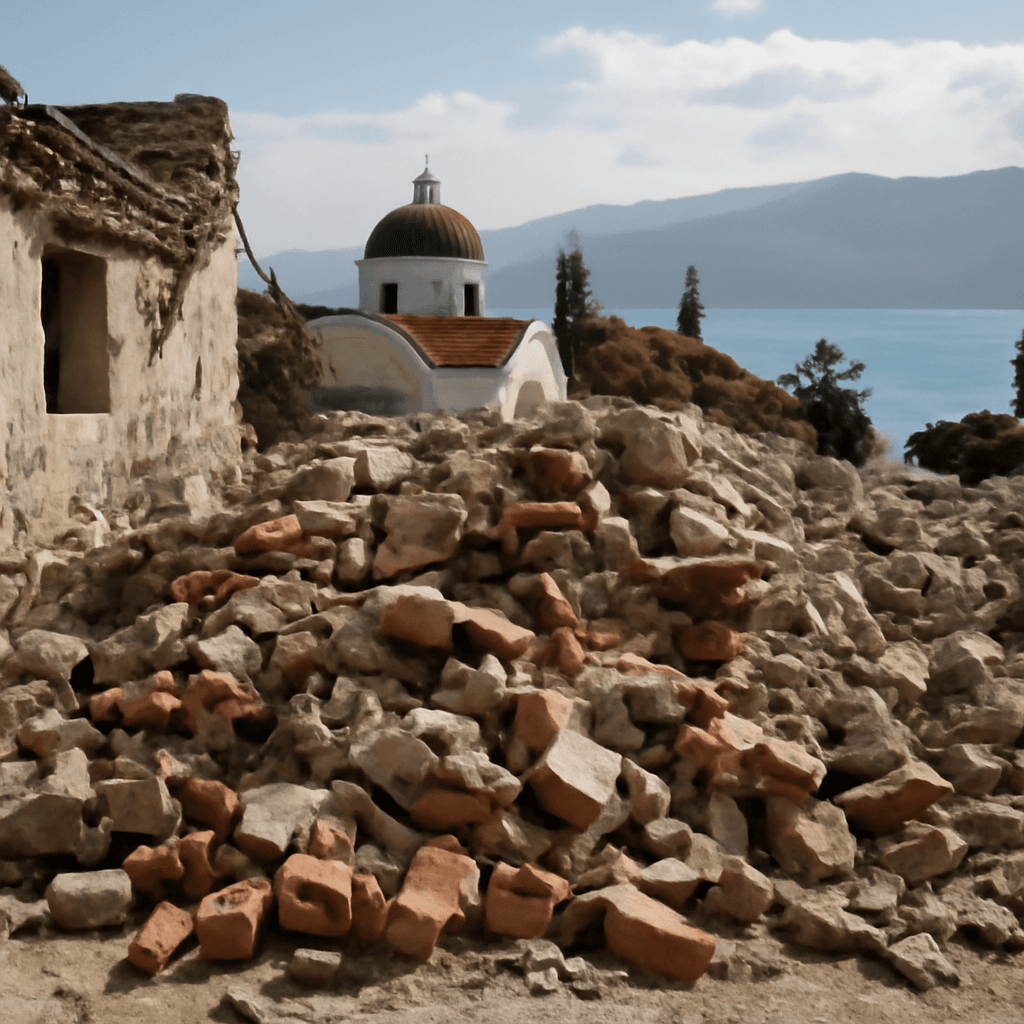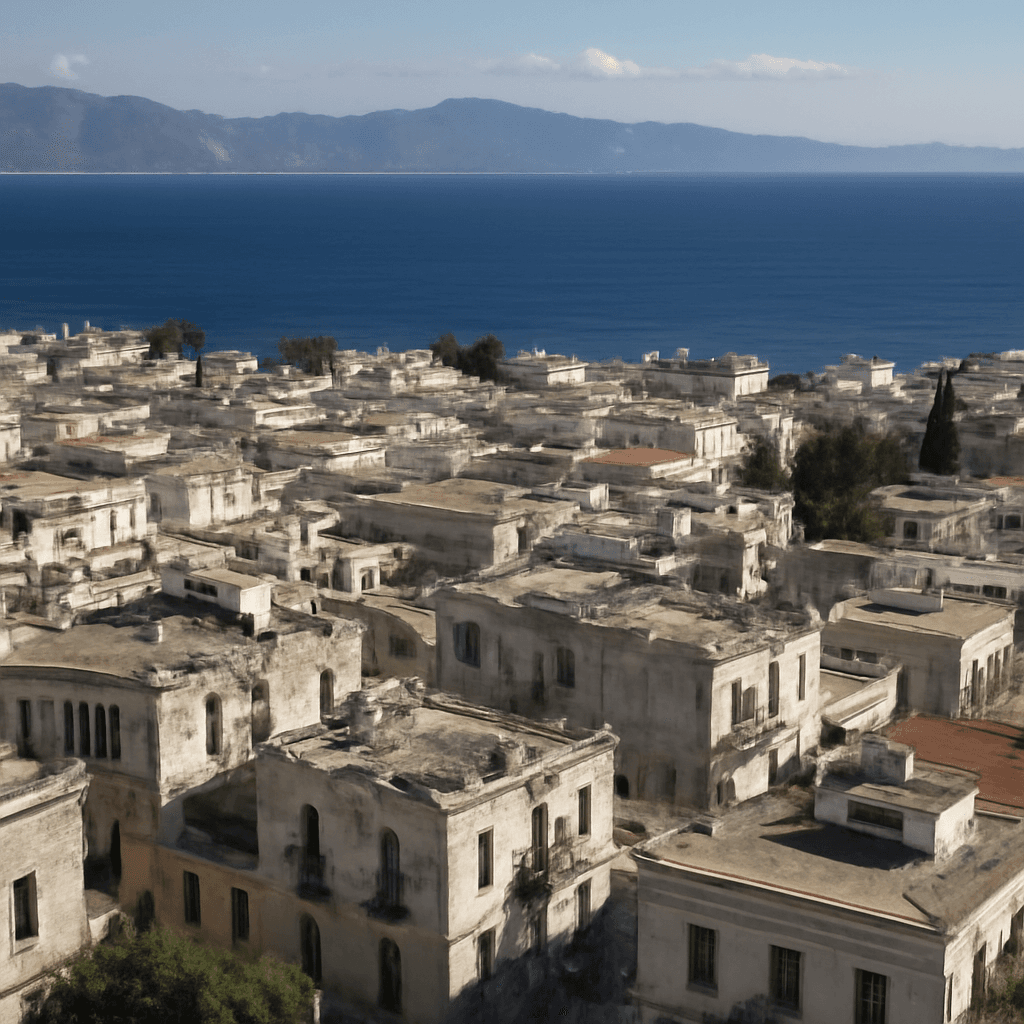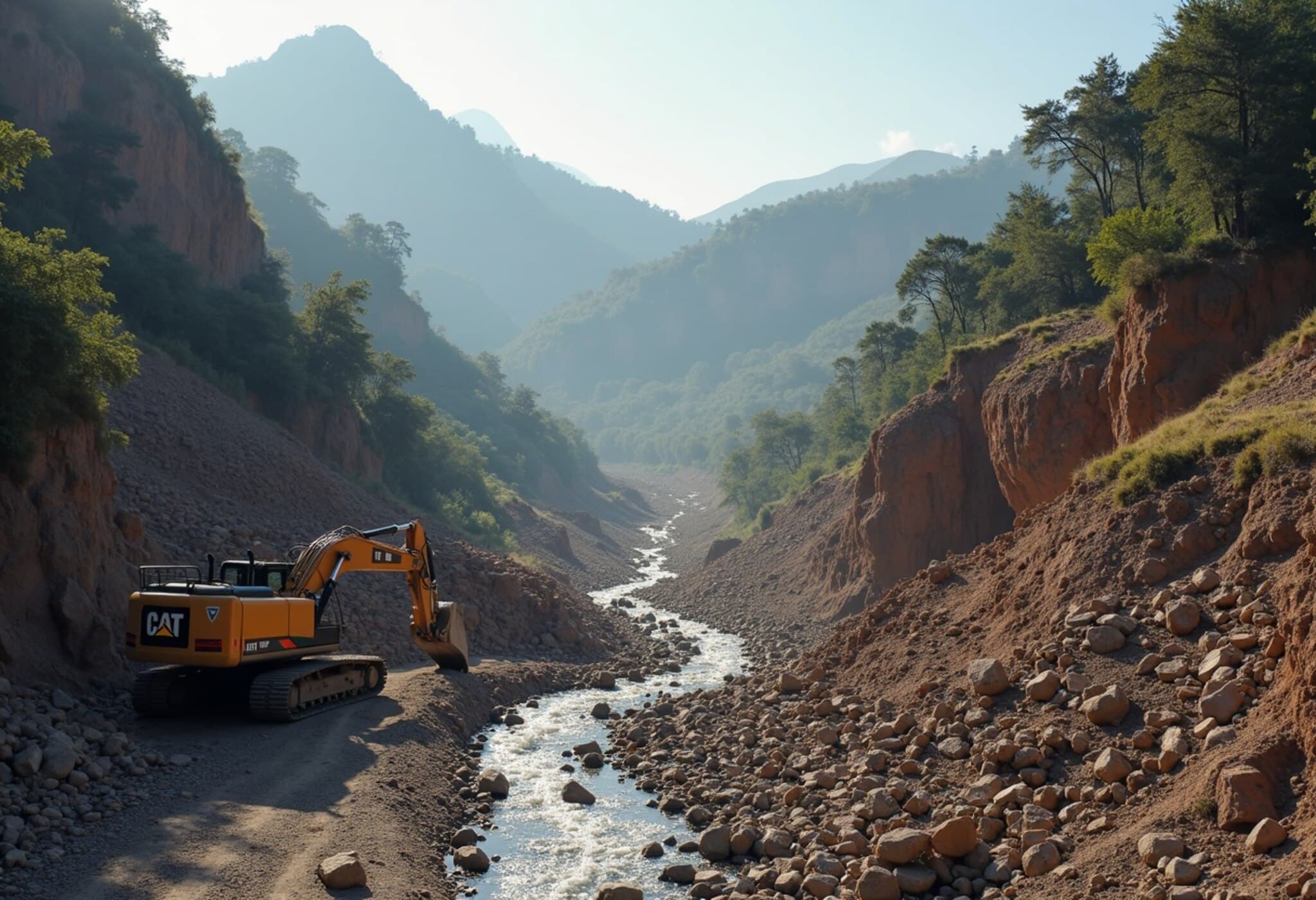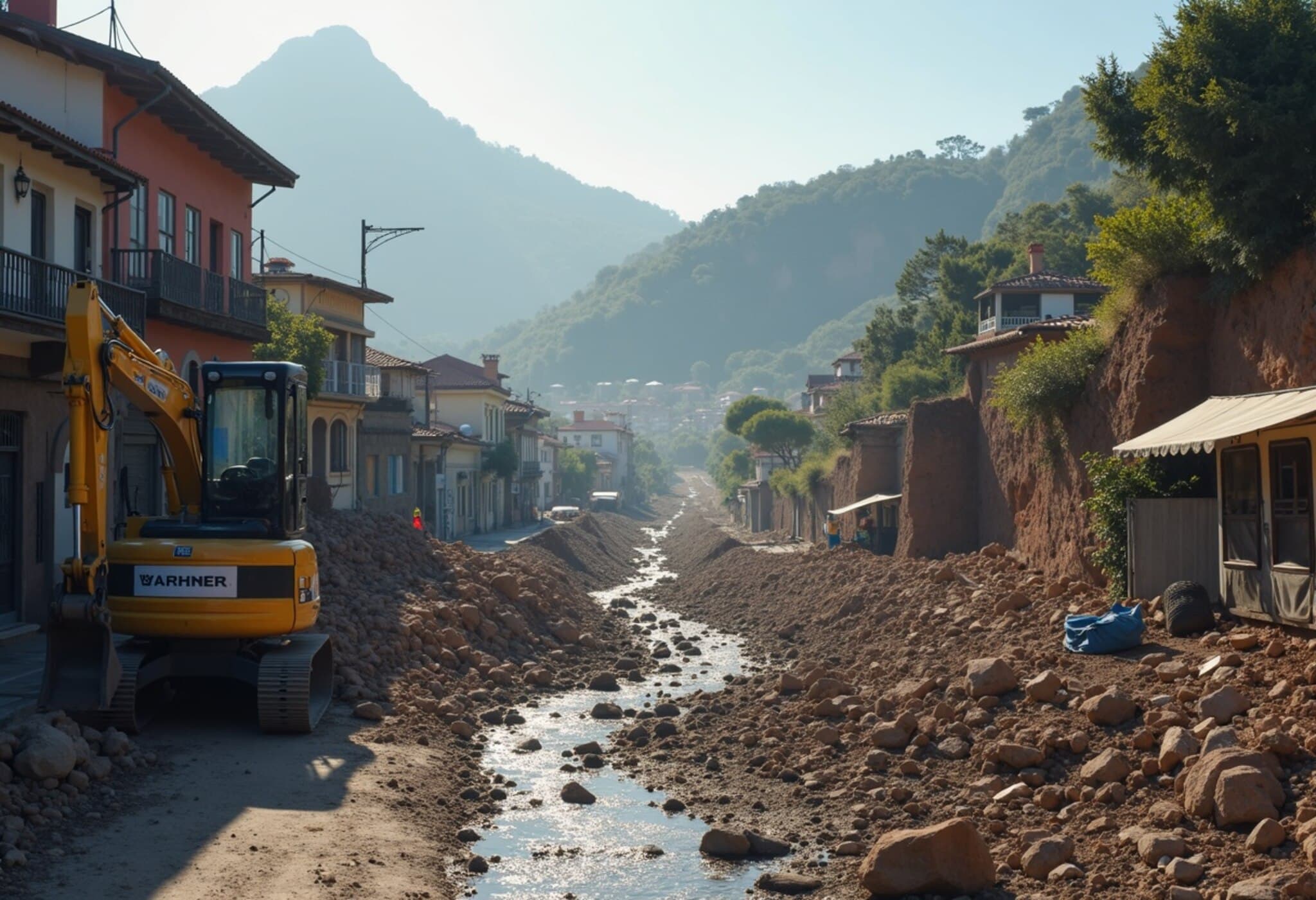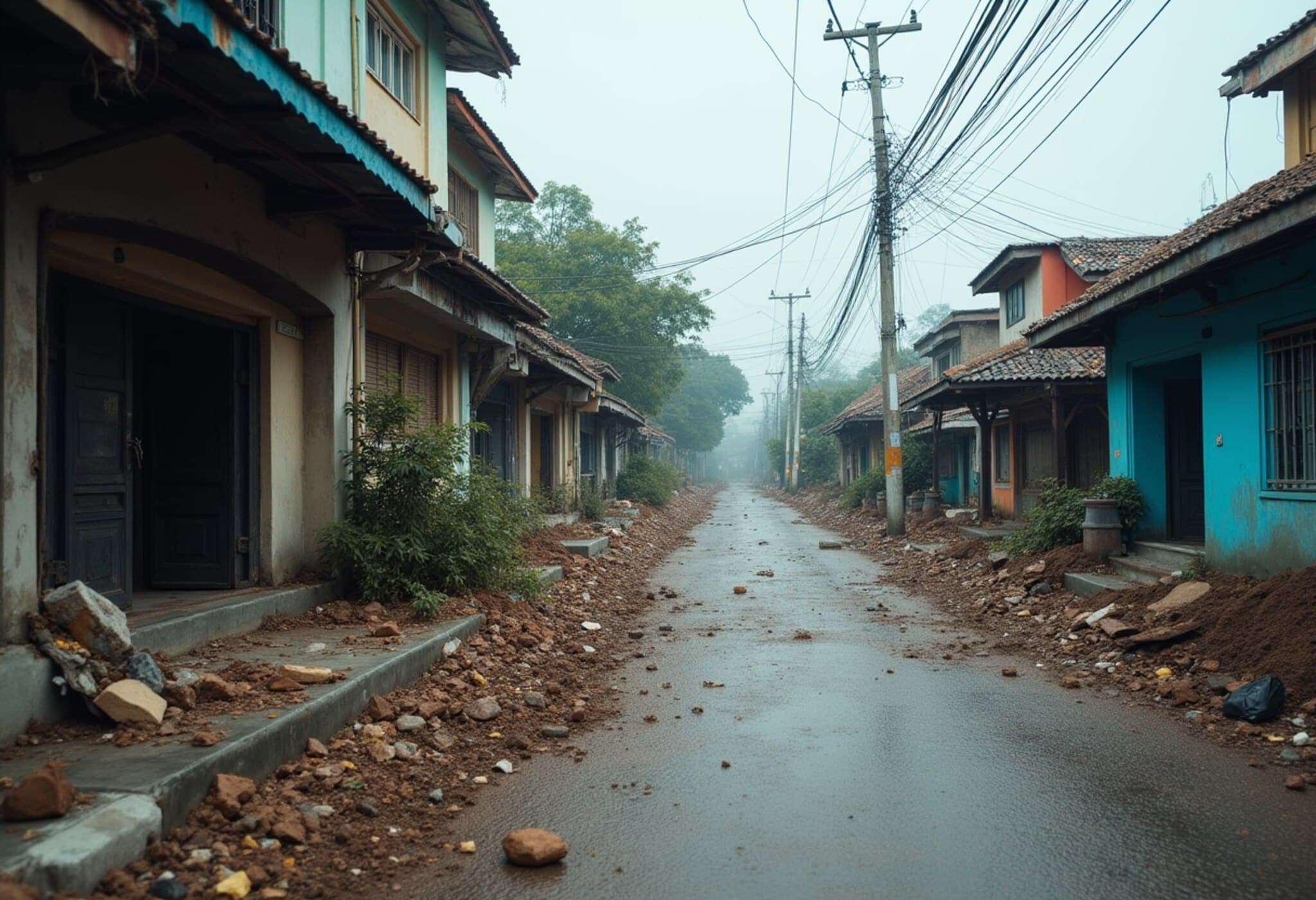Strong 6.2 Earthquake Rattles Panama’s Pacific Coast
On Monday, a significant earthquake measuring a preliminary magnitude of 6.2 struck off the Pacific coast of Panama, according to the United States Geological Survey (USGS). The tremor was centered approximately 210 kilometers (130 miles) south of Punta Burica in the Chiriquí province, near the border with Costa Rica.
Details of the Seismic Event
The earthquake originated at a relatively shallow depth of 10 kilometers (6 miles), which typically enhances the intensity of shaking felt on the surface. Residents in Chiriquí and surrounding western Panamanian regions reported feeling the tremors midday, but fortunately, the affected area is accustomed to seismic activity, being part of a geologically active zone where tectonic plates converge.
No Immediate Threat or Damage Reported
Panama’s National Civil Protection System swiftly communicated that there was no immediate threat of a tsunami following the earthquake. Additionally, early assessments reported no injuries or damage to infrastructure. Officials have emphasized ongoing monitoring to ensure the safety of communities in this earthquake-prone region.
Contextual Insight: Understanding Panama’s Seismic Landscape
Panama sits along the boundary where the Cocos and Caribbean tectonic plates interact, making western Panama, including Chiriquí province, naturally susceptible to seismic events. While not as frequent as in nearby countries like Costa Rica or Nicaragua, the region experiences moderate earthquakes that serve as a reminder of the persistent tectonic forces at play.
Experts note that the swift response by Panamanian authorities and the absence of damage underscore the importance of preparedness in regions with recurrent seismic activity. This event offers a crucial opportunity to revisit and reinforce local disaster response frameworks, public awareness campaigns, and infrastructure resilience, especially considering the potential risks earthquakes pose to human safety and economic stability.
Why This Matters to the U.S. and Regional Stakeholders
Given Panama’s strategic significance as a global trade hub due to the Panama Canal, infrastructural disruptions from natural disasters could ripple far beyond borders. From American business interests to regional security, understanding and anticipating seismic threats in Central America is vital for policymakers and emergency planners alike.
Looking Ahead: Preparedness and Monitoring
- Continuous Surveillance: Seismic monitoring stations will keep a close watch on aftershocks or related tectonic movements.
- Public Safety Efforts: Authorities encourage residents to review earthquake preparedness protocols.
- Infrastructure Assessment: Periodic evaluation of critical facilities to ensure earthquake resilience.
While this recent quake passed without serious consequences, it serves as a timely reminder of nature's unpredictable power and the need for vigilance in earthquake-prone regions.
Editor's Note
This 6.2 magnitude earthquake off Panama’s western coast highlights an ongoing challenge faced by communities along tectonic boundaries worldwide. Though no damage or injuries were reported this time, the event underscores the critical role of disaster preparedness in safeguarding lives and economies. As urban development intensifies near fault zones, enhanced emergency response planning and resilient infrastructure investments are more crucial than ever. Readers are encouraged to stay informed on seismic safety and advocate for robust monitoring systems in vulnerable regions.


